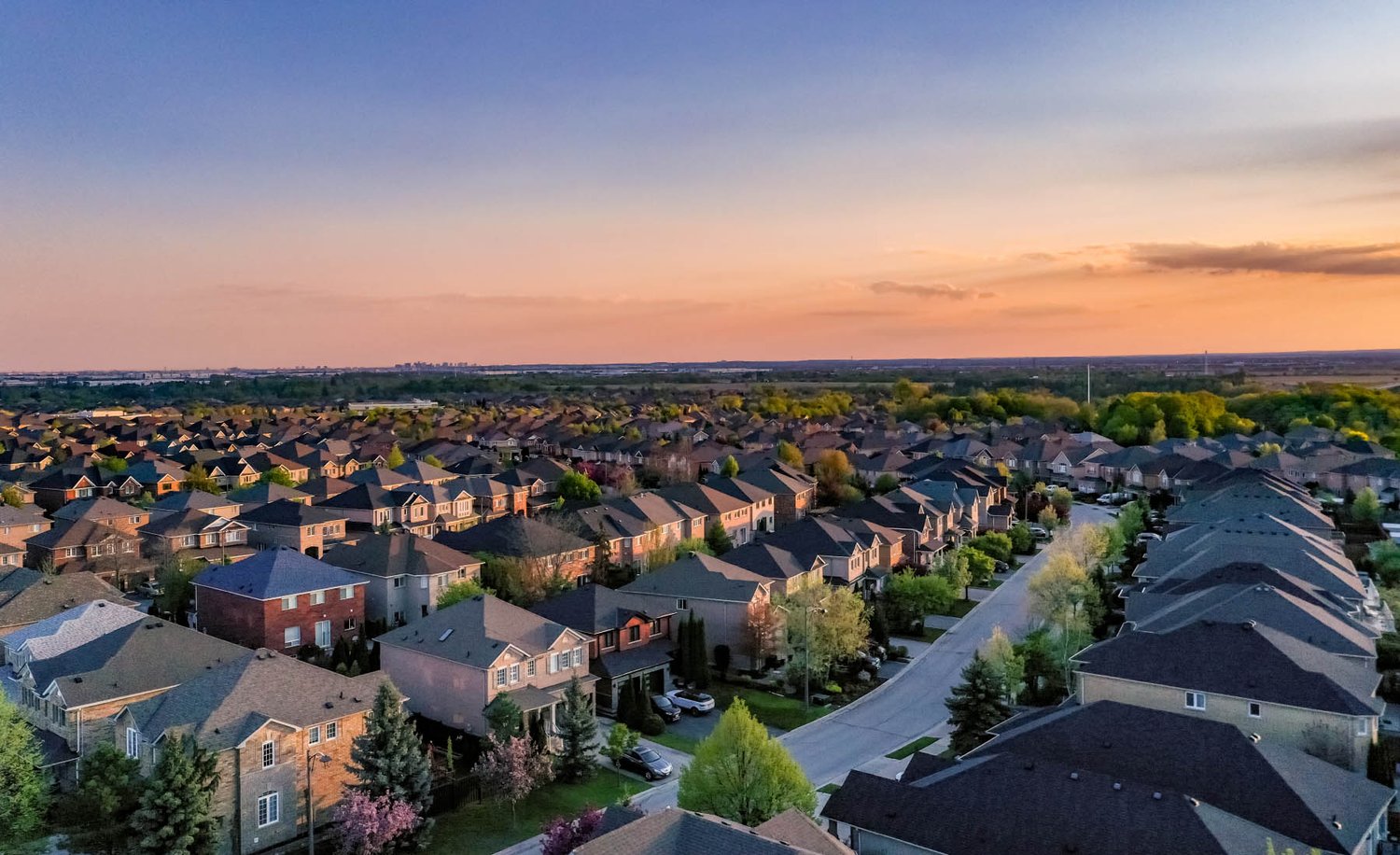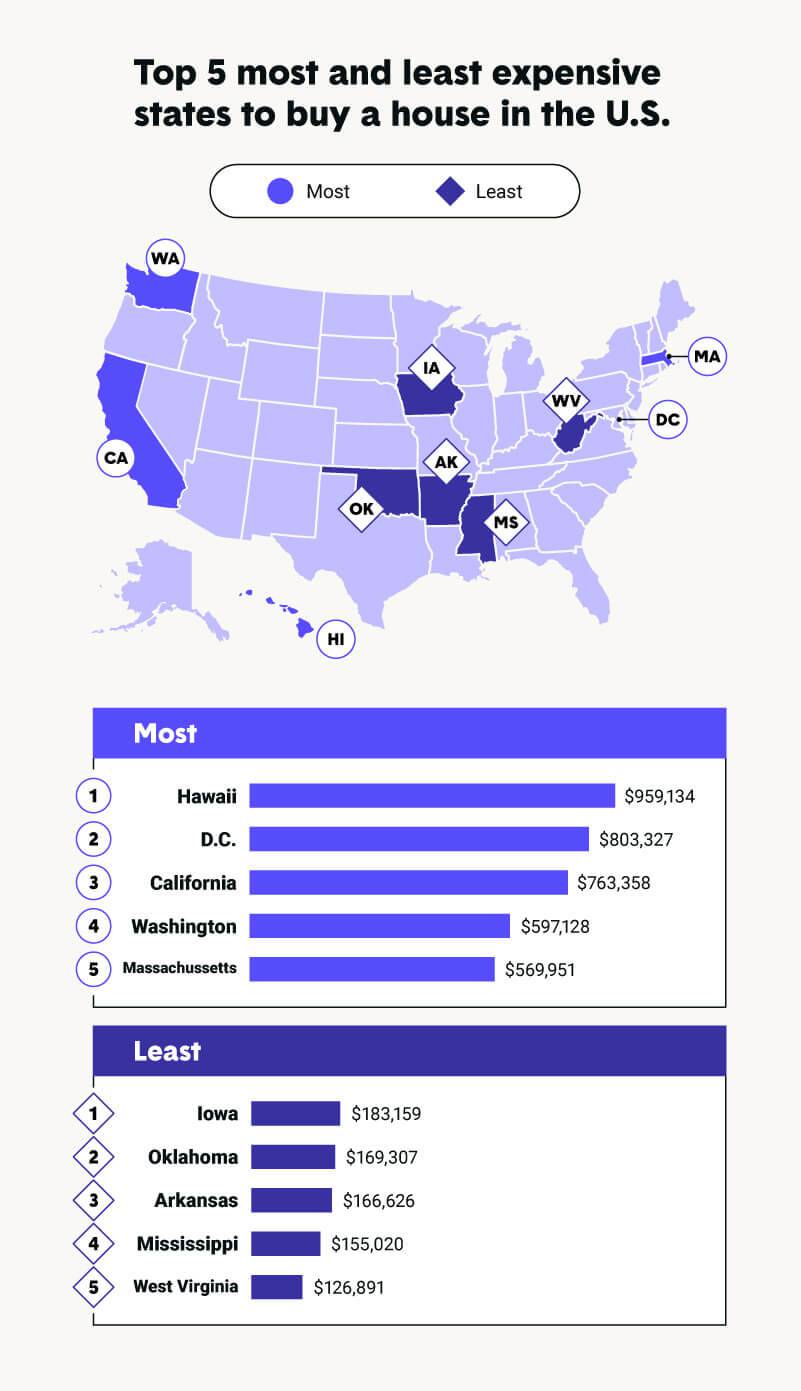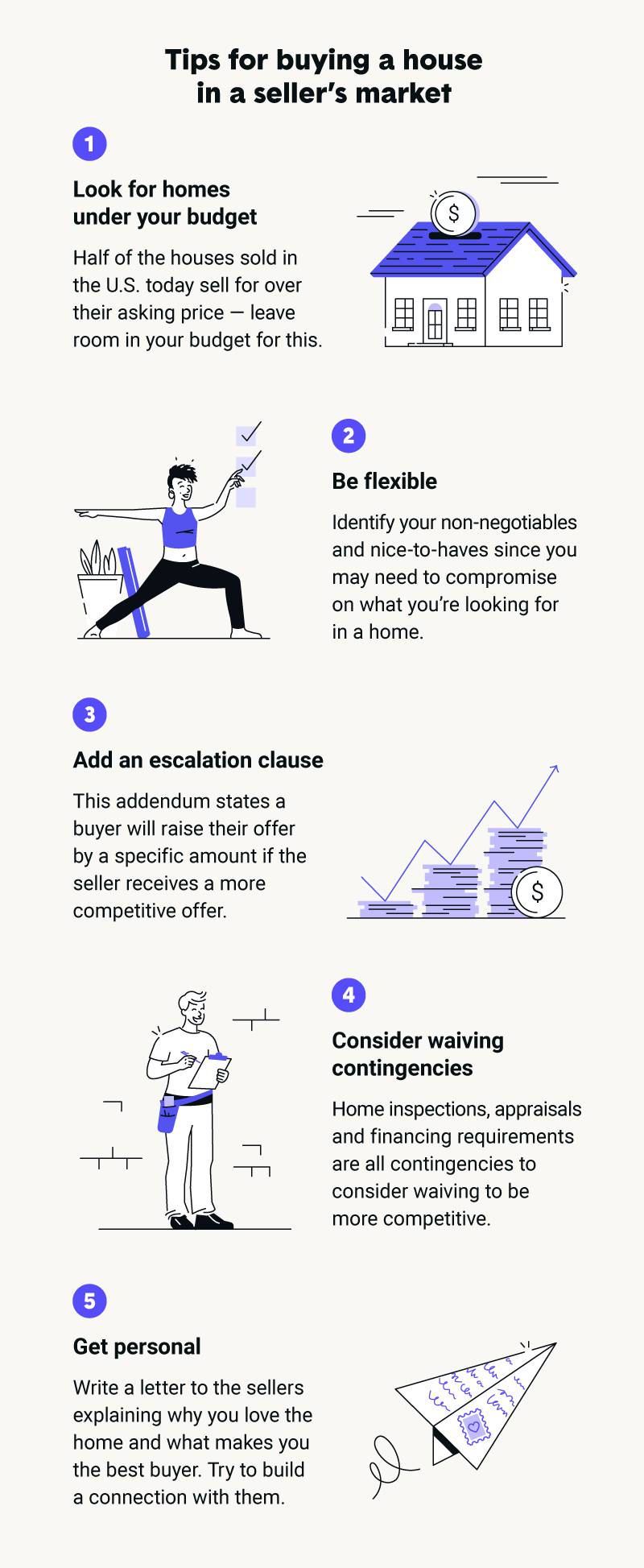Why are houses so expensive right now?
With inflation and the typical growing cost of living, it’s natural for home prices to increase over time. However, the spike between pre-COVID and 2021, and again in 2022, well surpassed the annual rate of average price increases.
For many years prior to the pandemic, it was said that younger generations were not interested or not able to buy a house due to the rising average home prices in the U.S. and other debts like student loans. While these struggles haven't changed, 28% of millennials and 20% of Gen Zers became more interested in buying a home during the pandemic.
In total, the number of homes sold in 2021 was higher — an 8% increase from 2020 — than it’s been since before the Great Recession. Homeownership spiked in 2020, and although it’s dropped since, it remains higher than pre-pandemic rates from 2019 and earlier.
While demand is growing fast, there has been little change in the number of homes in the U.S. The number of homes grows in the millions annually, but in the grand scheme of things, between 2019 and 2021, there was only a 1.7% increase in housing units. This number doesn’t showcase how many houses are actually on the market at any given time. The demand for homes is simply higher than the supply can keep up with, contributing to the rising average home price in the U.S. and creating a seller’s market.
Among the many other contributing factors to the rising house prices is the fact that more people than usual bought second homes during the pandemic, and senior citizens are opting out of senior living facilities and choosing to live in their homes longer.
When will home prices go down?
It’s difficult to say for sure when Americans can expect to see average home prices level out and return to lower annual interest rates.
Housing experts from Zillow have estimated that house prices will continue to rise another 15% within 12 months. Demand will likely continue to rise with more millennials and Gen Zers looking to buy homes in the slow-growing supply. House prices will likely continue to grow at a high rate, at least for the foreseeable future. If it continues for long, we may see more Americans with home buying FOMO, potentially further raising prices.
Additionally, economists at Goldman Sachs estimate a 35% probability of another recession within the next two years. If this occurs, the housing market would likely take a hit similar to 2008.
How do the rising home prices affect insurance rates?
When financing a house, homeowners insurance policies are required by mortgage lenders. The house’s location, dwelling type and cost to rebuild are all contributing factors to the cost of homeowners insurance. Legally, homeowners insurance is not required, so all-cash purchases can get away without insurance, though it’s not recommended as insurance protects buyers.
It's normal for premiums to increase annually, and unlike many other living costs, the coronavirus pandemic has not caused a dramatic spike in insurance rates. Premiums for homeowners insurance averaged $1,272 in 2019 and $1,406 in 2022, a 10.5% increase. Compared to a decade ago, the three-year gap between 2009 and 2012 had a higher increase at 17.5%.






